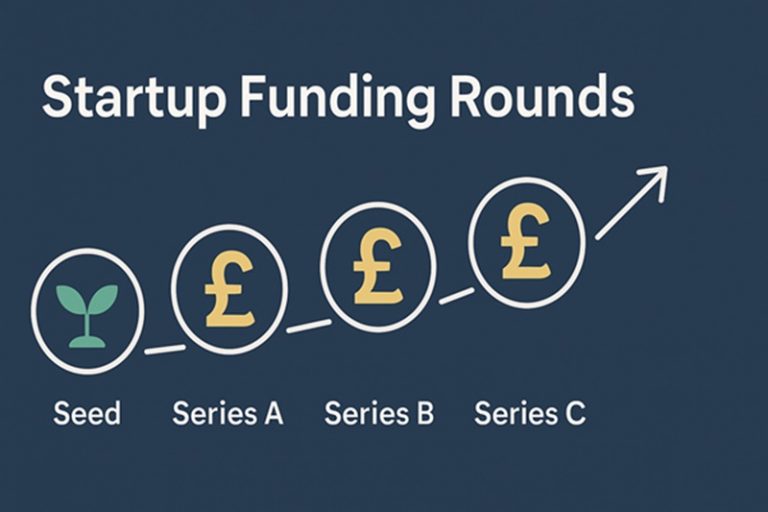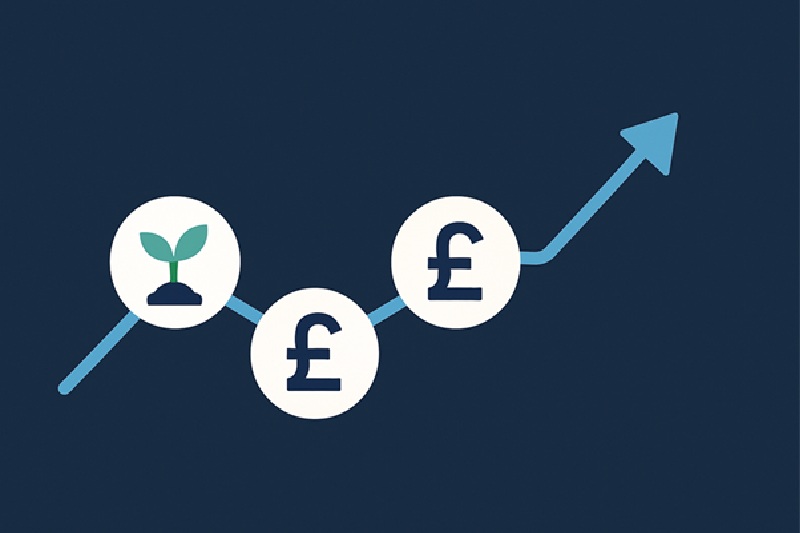
Startup funding plays a critical role in supporting and accelerating a company’s growth. It occurs in distinct stages or rounds, named according to how mature the company is, such as Seed, Series A, Series B, and Series C. Each stage aligns with specific business milestones, including validating products, entering markets, expanding operations, and undertaking strategic acquisitions.
The round names primarily reflect the development stage of the startup rather than the specific amounts raised, although investment sizes generally increase as companies like casinos not on GamStop progress through these stages.
Types of Companies Eligible for Venture Capital
Venture capital suits companies capable of significant growth, typically tripling revenue annually and eventually generating millions in income. Not all companies qualify:
- Marketing agencies
- Consulting firms
- Development studios
- Blogs and YouTube channels
- Standard eCommerce sites
Instead, venture capitalists prefer businesses like Shopify, which enable thousands of companies and customers to interact differently through technology.
Pre-Seed Funding
What is Pre-Seed?
Pre-Seed funding is the earliest form of investment. Typically, it involves:
- Validating a product idea
- Developing initial prototypes
Characteristics of Pre-Seed Funding
- Usually below £400,000
- Often sourced from friends and family
- Based on a pitch deck and team credibility
- Primarily to build a basic prototype
Common Mistakes at Pre-Seed Stage
A frequent mistake founders make at this stage is to raise money prematurely, before validating if there’s a market for their product. Early validation steps include market surveys and simple test websites, achievable without external funding.
Seed Funding
Purpose of Seed Funding
Seed funding is raised when a product is ready or nearly ready to enter the market. The money should position the startup to achieve the next funding round, Series A.
Key points for Seed Rounds
- Usually ranges significantly (£200,000 – £1.6 million)
- Must provide at least 12 months of operation without fundraising interruptions
- Aims to demonstrate market potential clearly
Goals for Seed-Funded Companies
- Solid product launch
- Initial customer acquisition
- Clear demonstration of market potential
Series A Funding
Criteria for Series A Funding
Companies qualifying for Series A typically earn around £1.2 million in annual recurring revenue (ARR). Essential indicators include:
- Proven product-market fit
- Strong customer engagement
- Low customer turnover
Growth momentum also influences funding success significantly. Rapid growth (reaching Series A within 12-18 months) attracts more investment interest.
Typical Series A Funding Amounts
| Small Series A | Large Series A | Average (2020) |
| £1.6 million | £8 million+ | £12.4 million |
Investment Structure
Series A funding usually involves an anchor or lead investor, who performs due diligence, negotiates terms, and attracts further investors. Investors often seek board seats and prefer structured stock agreements for protection.

Limbo Between Funding Rounds
Seed to Series A Limbo
A frequent scenario involves companies unable to achieve the momentum required for Series A. This situation, called ‘Post-Seed’, often leads to unfavourable deal terms.
Series A Limbo
Companies that raise significant amounts (£8 million to £25 million) but fail to achieve fast growth may become stuck in funding limbo. Finding acquisitions or further investment becomes challenging due to previous high valuations.
Series B Funding
Series B rounds help startups expand substantially. Companies at this stage must demonstrate:
- Proven financial health
- Strong market position
- Detailed financial forecasting
Average Series B Funding
The average Series B round in recent years is approximately £26 million but varies considerably based on sector and strategic plans.
| Company | Series B Raised | Primary Use |
| UpKeep | £28 million | Customer metrics and expansion |
| Membersy | £52 million | Growth and acquisitions |
Companies at this stage require detailed financial models, five-year forecasts, and clarity on growth strategies.
Series C and Beyond
Series C rounds are for mature startups poised for major expansion. At this point, businesses:
- Have established markets
- May begin strategic acquisitions
- Receive investments from large venture capital firms, hedge funds, and private equity
Funding at this stage is data-driven, based on solid financial history and realistic projections.
Beyond Series C
Companies may continue raising Series D, E, or pursue an Initial Public Offering (IPO). IPOs often represent the exit strategy for investors seeking a return on investment.
Summary of Funding Rounds
Pre-Seed
- Friends and family investors
- Pre-product
- Usually under £400,000
Seed
- Launch and initial growth
- Sufficient to reach Series A milestones
- Typically £200,000 – £1.6 million
Series A
- Growth validation
- Usually £1.6 million – £12 million
- Proven product-market fit essential
Series B and C
- Strategic expansion
- Detailed financial oversight
- Investment averages from £26 million upwards
Startup funding stages clearly indicate a company’s growth and development, helping investors and entrepreneurs navigate their business plans effectively.
Frequently Asked Questions (FAQ)
What is the main purpose of Seed funding?
Seed funding aims to help startups launch their product and achieve enough growth for Series A funding.
Who usually invests in Pre-Seed funding?
Pre-Seed funding typically comes from friends and family or close connections.
What revenue milestone is common for Series A funding?
Around £1.2 million in annual recurring revenue (ARR) is usually needed for Series A funding.
Why might a startup end up in funding limbo?
Startups often enter limbo if they fail to reach necessary growth milestones for their next funding round.
What do investors typically look for in Series B?
Investors look for detailed financial forecasts, proven financial health, and a clear growth strategy.
What is the typical exit strategy for venture capital investors?
An Initial Public Offering (IPO) or acquisition typically provides venture capital investors with their return on investment.

